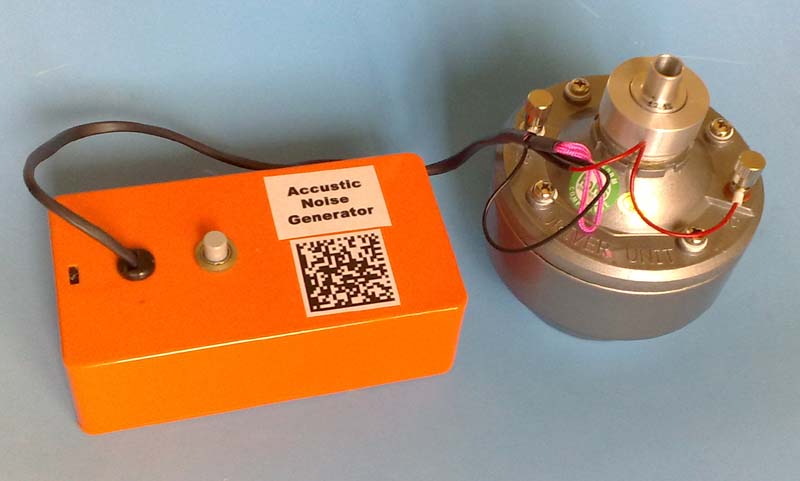Noise rules for F2D Combat
First published: 29/9 2010 - Last update: 1/2 2011
|
Some rules on noise reduction are already in the new rule book: |
||
2011-2012:
|
The 2011 Rule book: 30 second warm up: 4.4.9 e 6 mm silencer outlet: 4.4.5 c Silencer verification: 4.4.6 c |
|
|
How will the new rules affect Combat: |
||
|
The 30 seconds starting period from 2011 will not be a problem
The 6 mm silencer outlet from next year will probably be a problem for some pilots. Most engines will slow down a little but some will have big problems with the higher back pressure from the 6 mm silencer. The higher temperature may also affect the life time for some engines. In the proposal for the 2011 rules the heat should be terminated and the pilot lands right after all streamers were gone. At the CIAM meeting in the spring this rule was taken out of the 2011 rules and postponed to 2013. There has been a lot of confusion on how this rule should be understood. I have posted my view on this rule at the Yahoo forum. It will not be mandatory to use the shut-off system or another device to stop the engine. If a pilot is asked to stop the engine he can just fly the model to the ground. 2013 Rules: From 2013 there will probably be some new restrictions on the exhaust noise. This could be mandatory use of a double chamber silencer or homologated silencers. Another approach could be to set a minimum effectiveness for silencers and check them with an acoustic noise generator. More information on how the silencer effectiveness can be measured on the flying field in a few minutes. |
More info and How To
How to change the silencer outlet from 8 to 6 mm How to use the shut-off to stop the engine at will Noise reduction by shut-off A special device for "Stop@Will" My interpretation of the stop the engine rule The paper on noise reduction by a homologation process from Hungary |
|
|
2013 Rules based on effectiveness: |
||
If the noise reduction for 2013 will be based on verification of the silencers effectiveness the rules can be made very simple and clear:
Propeller noise: When the exhaust noise is reduced the propeller noise will be dominant. This noise can be reduced by reducing the propeller tip speed. A way to go could be to set a minimum propeller diameter that is so high that the engine will not be able to turn the propeller more than e.g. 20,000 RPM. Another solution could be to certify propellers in some kind of homologation process. A description of this process can be found in this paper from WC in Hungary. |
See how the silencer test can be done The equipment for testing effectiveness: Acoustic noise generator Sound level meter 
|
|
|
F3D Pylon Race: |
||
|
The acoustic noise generator has been used in F3D Pylon Race to verify silencer in a homologation process.
The equipment and the testing procedures have been developed by Rob Metkemejer. F3D Pylon Race has used this technique for a year now. The noise problem in F2D Combat is similar to the problem F3D Pylon Race had earlier. It would be easy for F2D to learn from Pylon Race and copy equipment specifications and the testing procedures from them. Some of the best silencers for Pylon Race reduce the noise by 30 dB without affecting the engines! These silencers have been developed with the acoustic noise generator. The only change the noise rules have causet to Pylon Race is that the exhaust noise is gone! |
The rules for Pylon Race have a special section on noise See the Annex 5P on page 17-19: F3D rules A good description of the method used for mufflers in Pylon Race can be found here |
|
|
F2D.dk < 1 2 3 4 5 6 7 8 9 10 11 12 13 14 15 16 > |
||